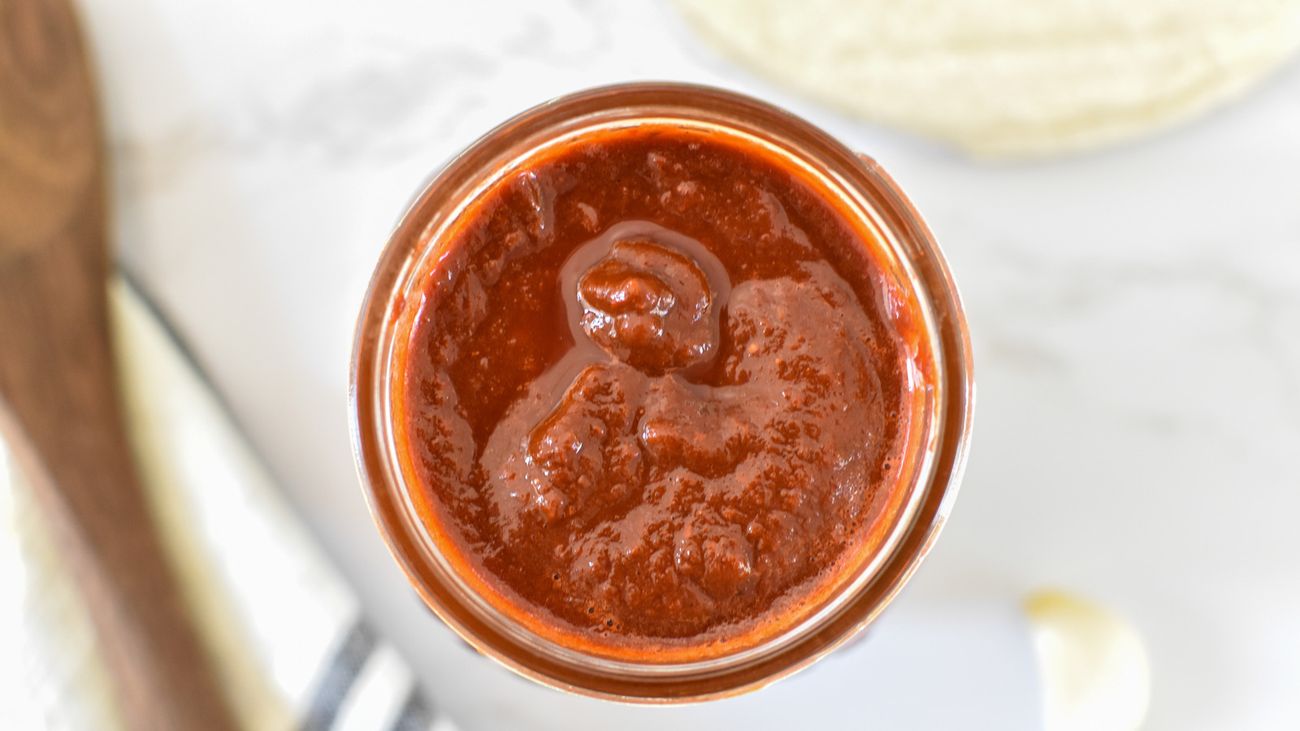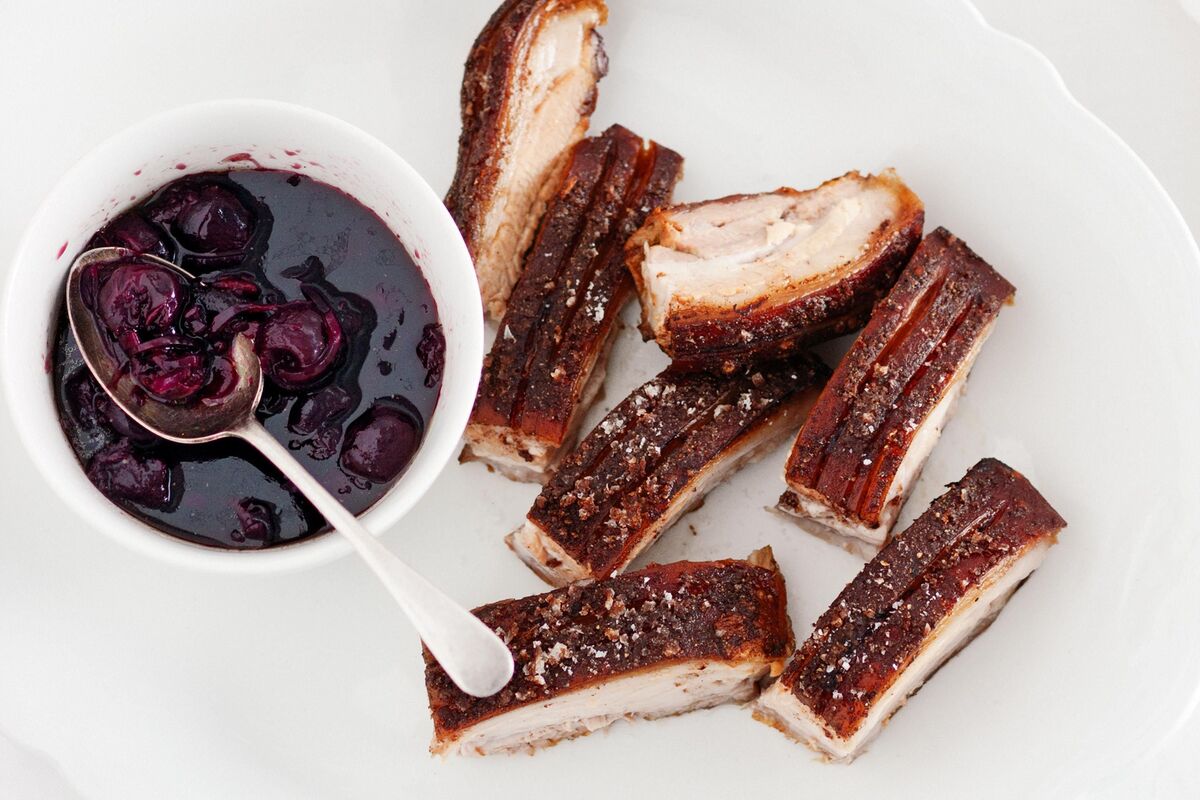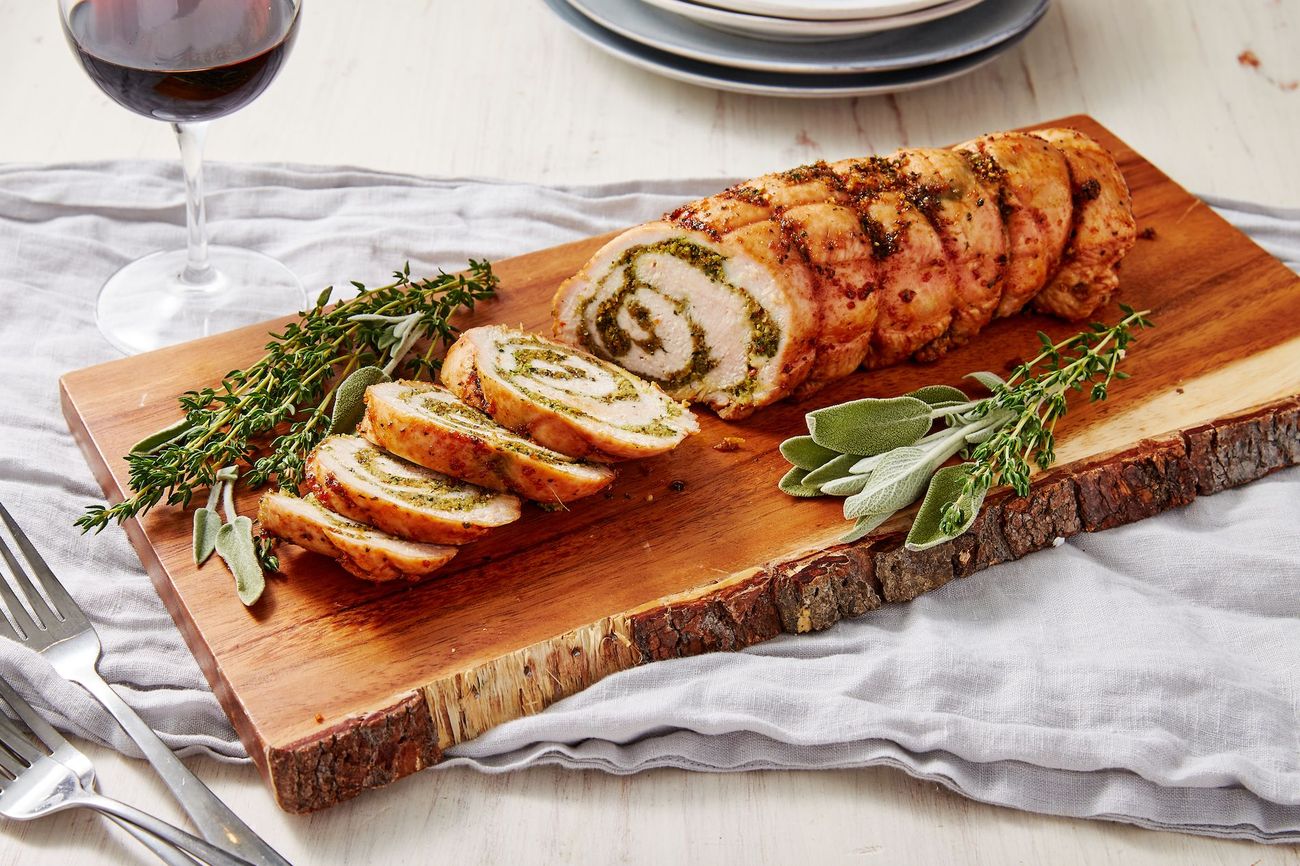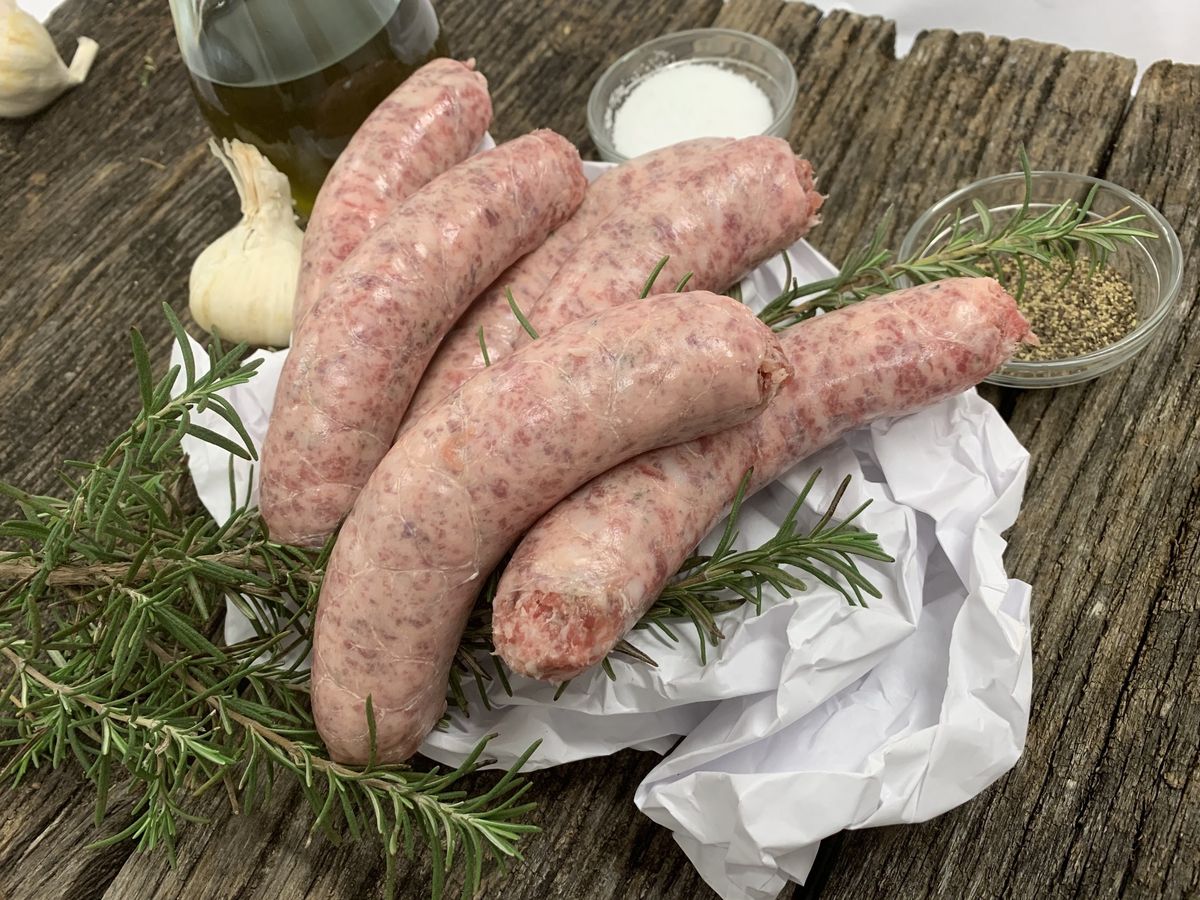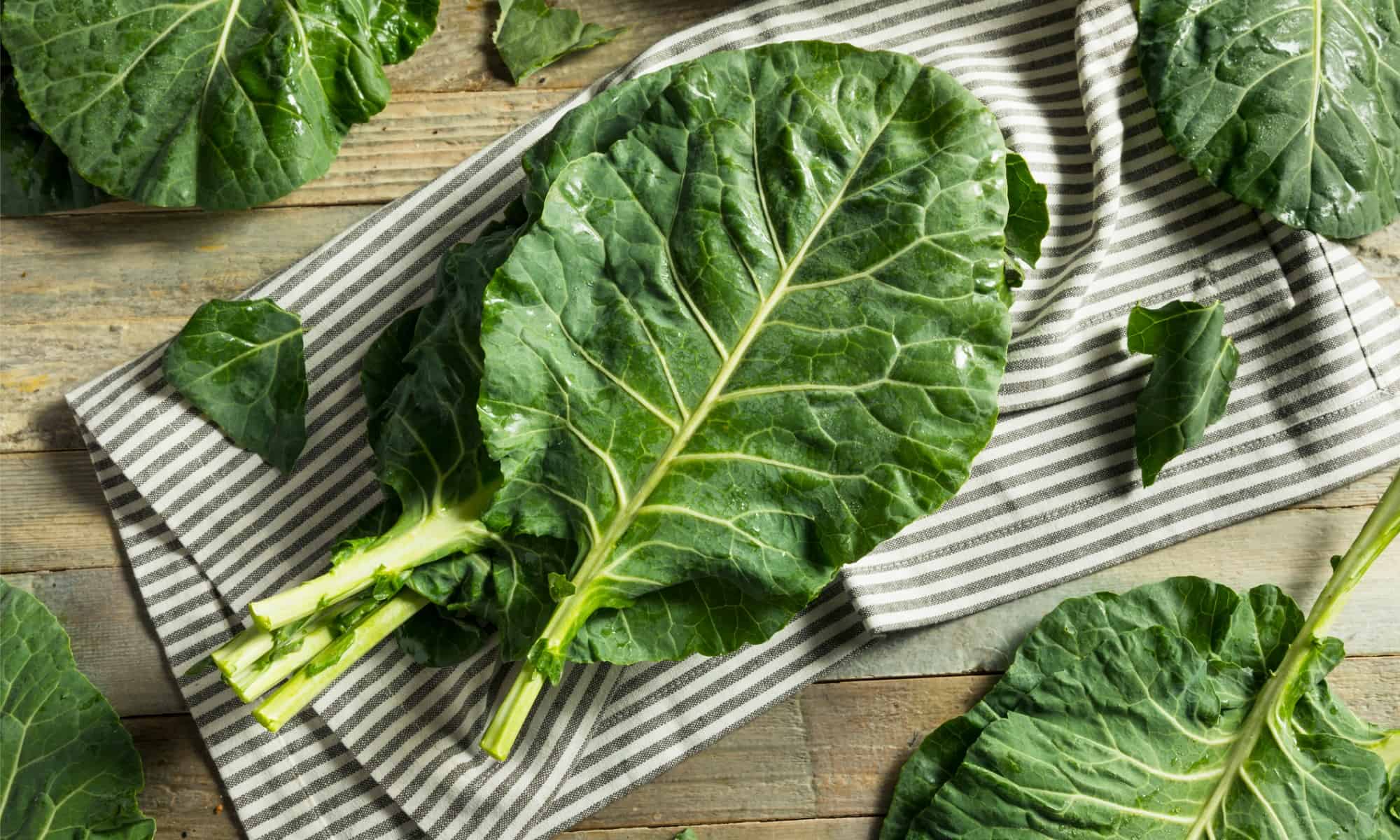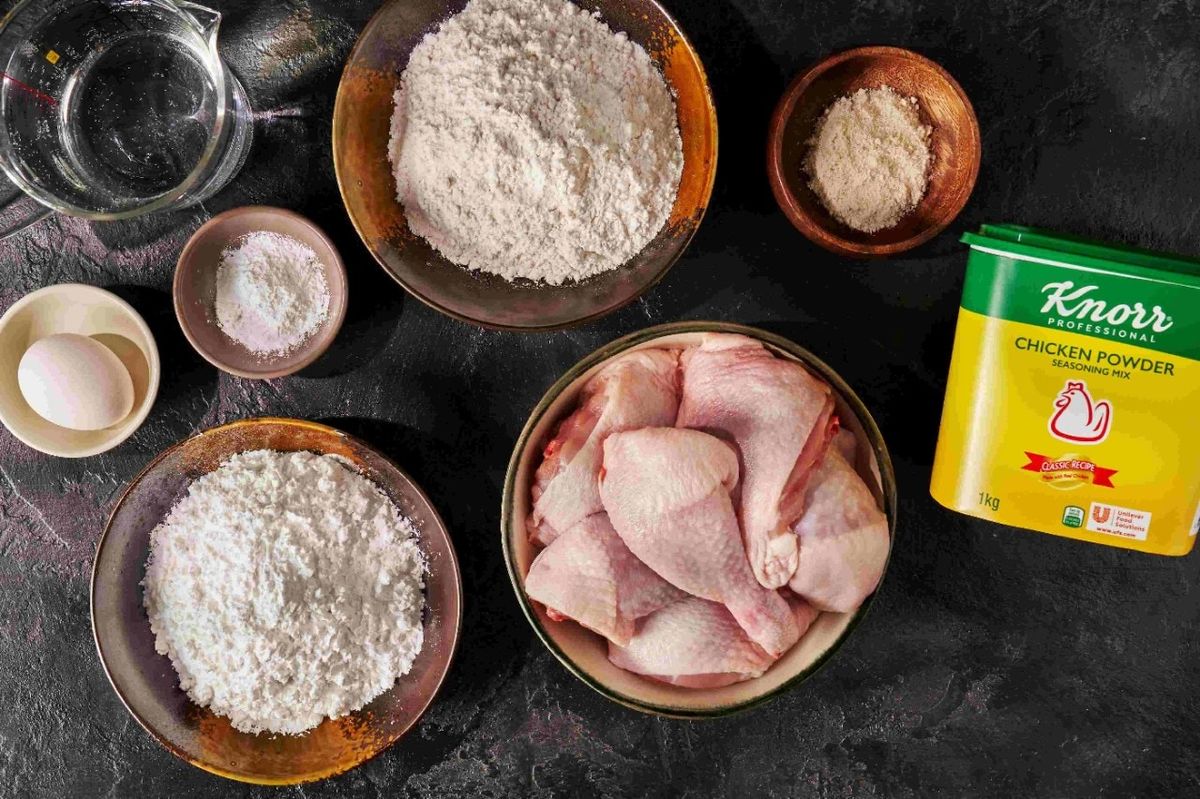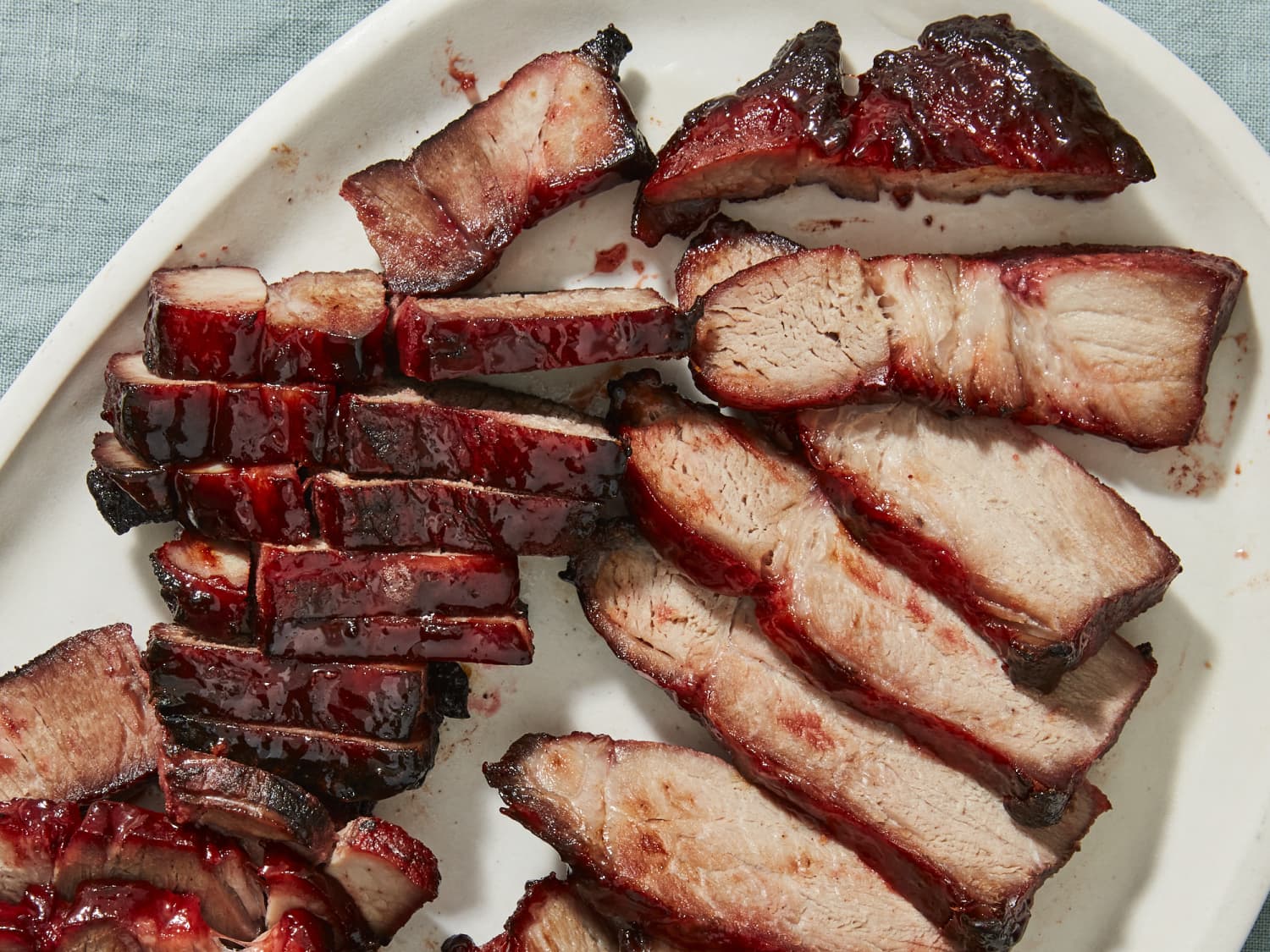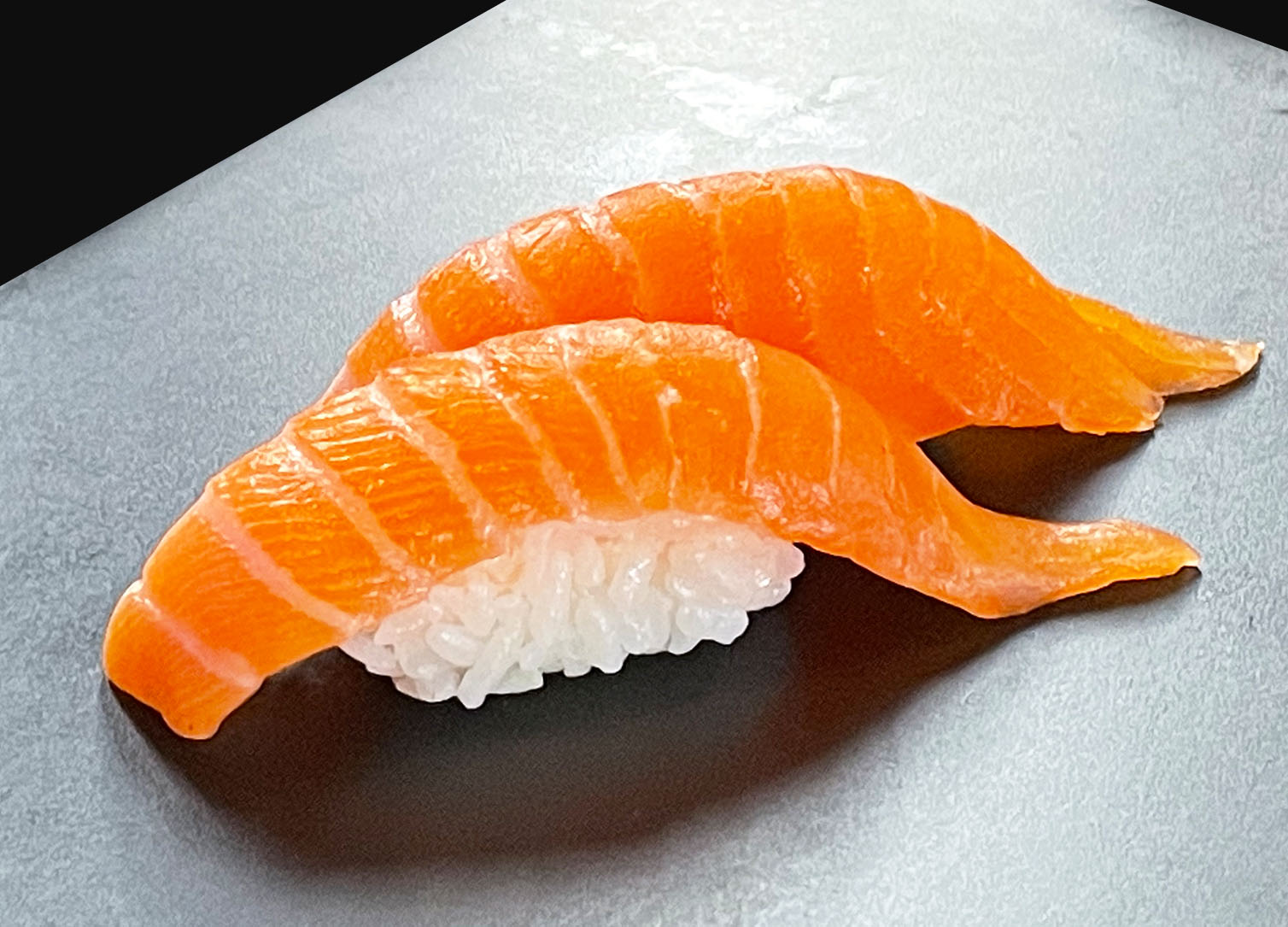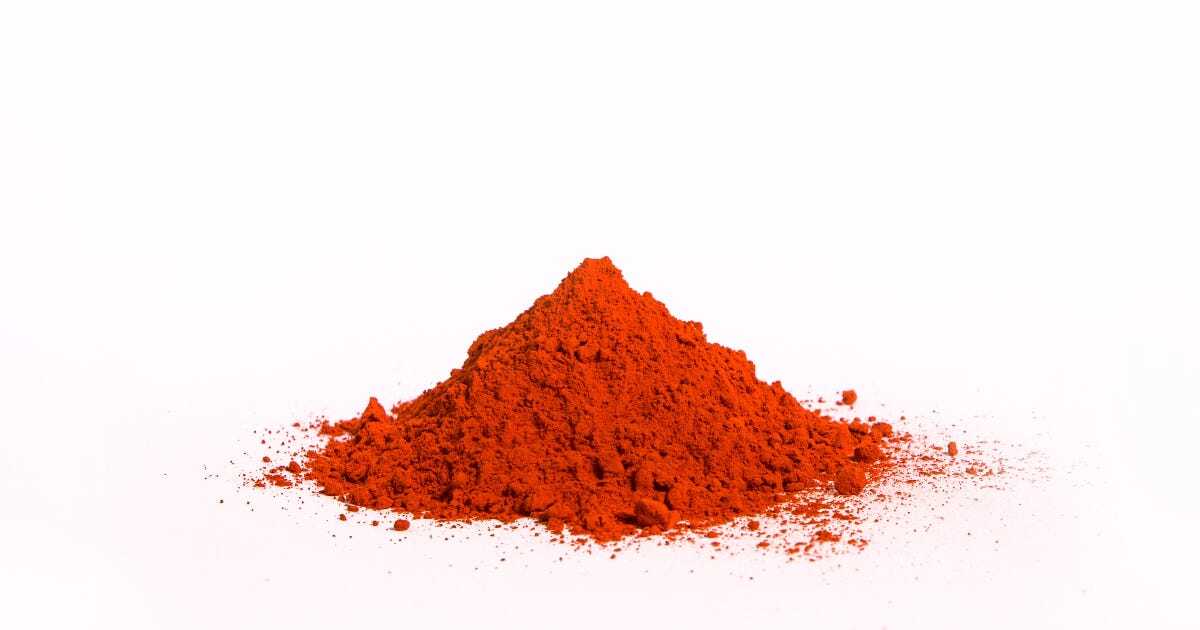Discovering the Delicacy of White Truffle
White truffle, also known as Tuber magnatum, is a highly prized and sought-after delicacy in the culinary world. This rare and aromatic fungus grows underground, typically near the roots of certain trees, and is known for its distinctive flavor and pungent aroma. Let’s delve into the world of white truffles and explore what makes them so special.
Origin and Harvesting
White truffles are primarily found in the regions of Piedmont, Italy, and are harvested during the autumn months. These elusive fungi grow in symbiosis with the roots of trees, particularly oak, hazel, and poplar trees. Truffle hunters, often accompanied by trained dogs, carefully scour the forests in search of these prized delicacies, as they cannot be cultivated and must be foraged from the wild.
Distinctive Characteristics
One of the most remarkable features of white truffles is their powerful aroma, which has been described as earthy, musky, and reminiscent of garlic or shallots. The unique scent is attributed to the presence of certain compounds, including bis(methylthio)methane, that contribute to its intense fragrance. When it comes to taste, white truffles offer a rich, nutty flavor with subtle notes of garlic and shallots, adding a luxurious touch to various dishes.
Culinary Uses
White truffles are often used sparingly and are considered a gourmet addition to many dishes. They are typically shaved or grated over pasta, risotto, eggs, or creamy sauces to enhance the overall flavor profile. The delicate nature of white truffles means they are best enjoyed fresh and are rarely cooked, as heat can diminish their aroma and flavor. When paired with simple ingredients, such as butter or olive oil, white truffles can elevate a dish to a whole new level of indulgence.
Appreciating the Rarity
Due to their elusive nature and limited availability, white truffles are highly prized and come with a hefty price tag. The rarity of these fungi, coupled with their unique flavor profile, has made them a symbol of luxury and sophistication in the culinary world. Their seasonal availability and the meticulous process of foraging contribute to their exclusivity, making them a coveted ingredient among chefs and food enthusiasts.
Pairing and Serving
When it comes to pairing white truffles, simplicity is key. Their delicate flavor should be allowed to shine, so they are often paired with dishes that provide a neutral canvas for their aroma and taste. Popular pairings include creamy risottos, buttery pasta, and scrambled eggs. To fully savor the aroma and flavor of white truffles, it is recommended to consume them shortly after shaving or grating, as their potency diminishes over time.
Conclusion
White truffles are a true delicacy that captivates the senses and adds an unparalleled depth of flavor to various dishes. Their rarity, distinctive aroma, and rich flavor make them a coveted ingredient in the culinary world. Whether enjoyed in a fine dining establishment or as part of a home-cooked meal, the addition of white truffles elevates the dining experience to a level of indulgence that is truly unforgettable.
So, the next time you have the opportunity to savor a dish adorned with delicate shavings of white truffle, take a moment to appreciate the labor of truffle hunters and the remarkable gift of nature that is encapsulated in this extraordinary culinary treasure.
Was this page helpful?
Read Next: What Is Speckled Gravy?

